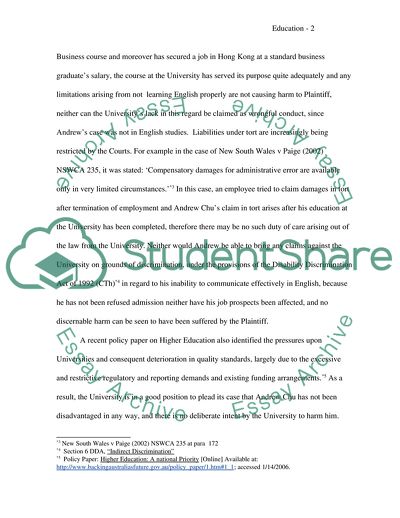Cite this document
(Restorative Justice and School Discipline Case Study, n.d.)
Restorative Justice and School Discipline Case Study. https://studentshare.org/education/1703102-education-the-law-assessment-no-1
Restorative Justice and School Discipline Case Study. https://studentshare.org/education/1703102-education-the-law-assessment-no-1
(Restorative Justice and School Discipline Case Study)
Restorative Justice and School Discipline Case Study. https://studentshare.org/education/1703102-education-the-law-assessment-no-1.
Restorative Justice and School Discipline Case Study. https://studentshare.org/education/1703102-education-the-law-assessment-no-1.
“Restorative Justice and School Discipline Case Study”. https://studentshare.org/education/1703102-education-the-law-assessment-no-1.


